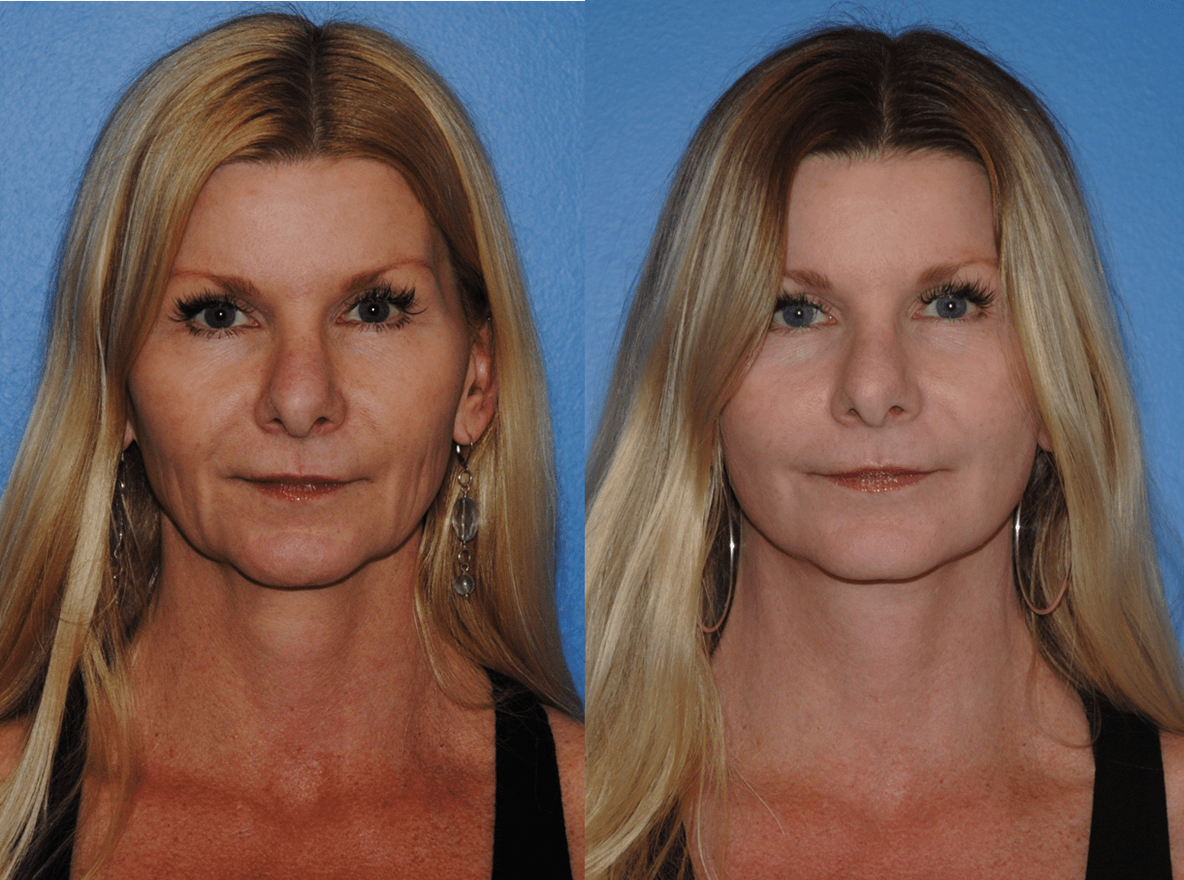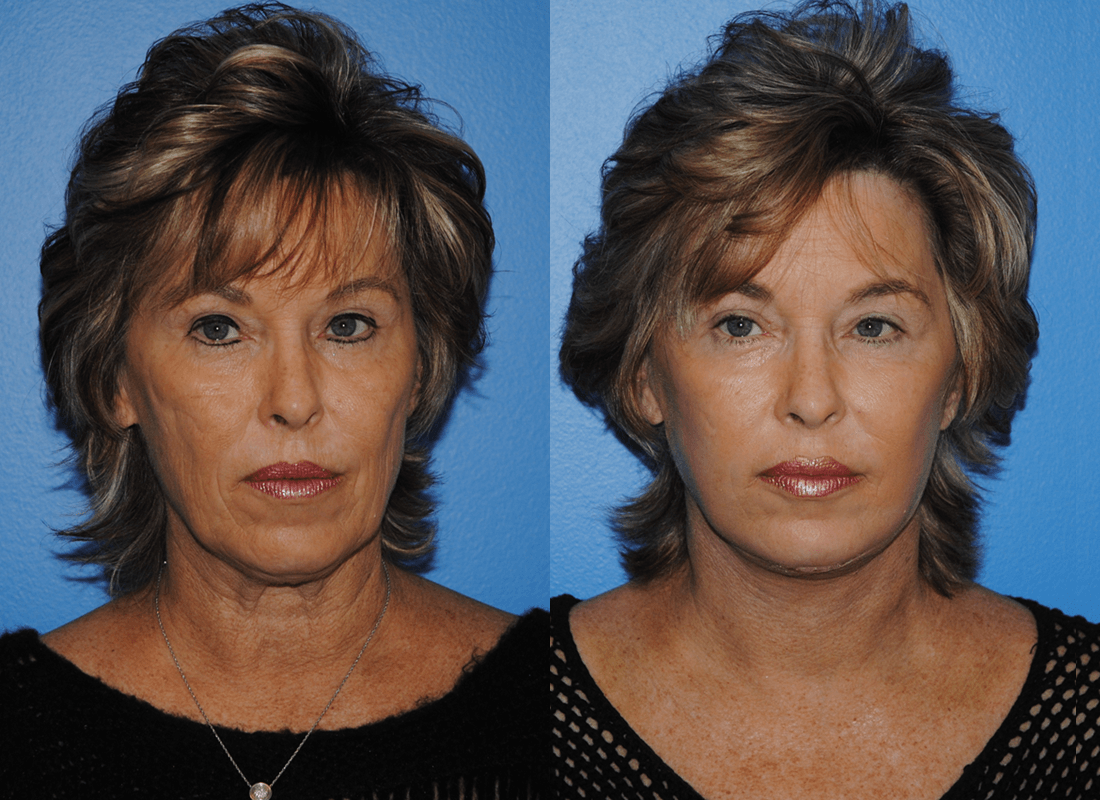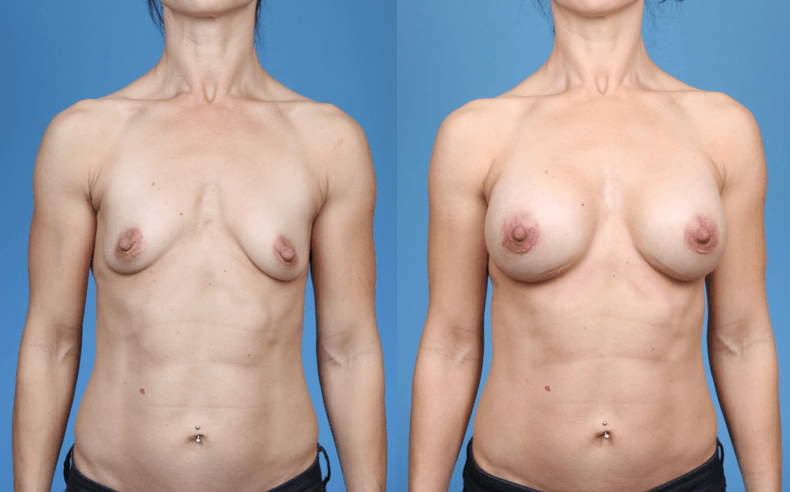Facelift surgery is one of the most rewarding surgeries for both the patient and the surgeon. I find that the goal of facelift surgery is to restore the patient to a younger version of themselves. This goal should be accomplished while also avoiding a “done” appearance to the face. The typical patient who is an excellent candidate for facelift surgery…






